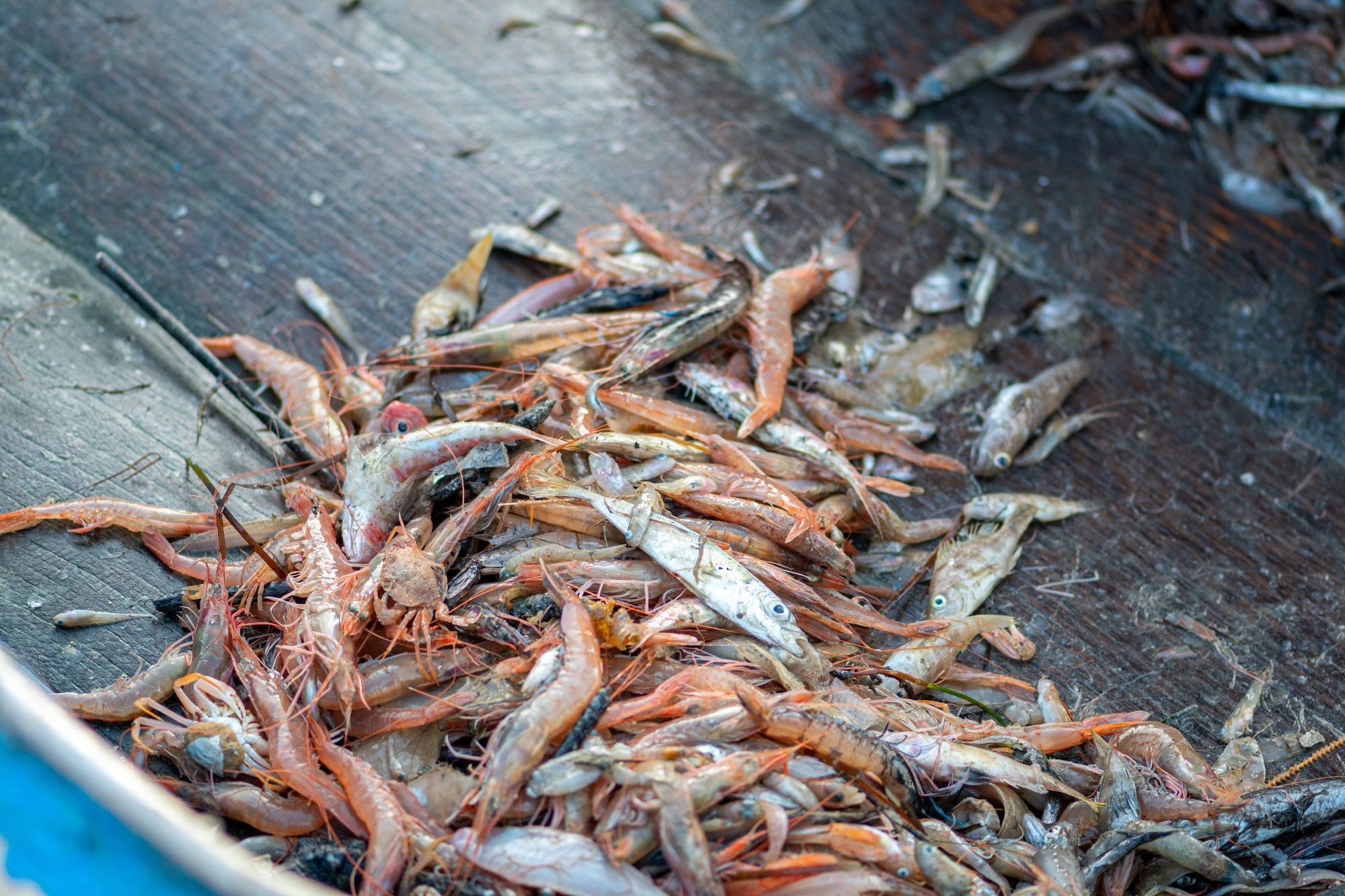Researchers at the University of Sharjah have developed a sustainable method to turn discarded shrimp waste into activated carbon that efficiently absorbs CO2.

Image Credit: Michele Ursi/Shutterstock.com
The study, led by Dr Haif Al-Jomard, transforms shrimp shells, heads, and digestive tracts (commonly discarded waste material) into high-performance carbon materials with strong carbon dioxide adsorption abilities.
Published in Nanoscale, the research explores a waste-to-carbon process involving pyrolysis, acid treatment, chemical activation, and ball milling to create porous, reusable activated carbon with long-term stability across multiple CO2 capture cycles.
Our study turns shrimp waste into a high-performance carbon product. This not only addresses the environmental challenges posed by seafood waste but also contributes to global efforts to reduce greenhouse gas emissions and climate change mitigation.
Dr. Haif Al-Jomard, Study Team Lead, University of Sharjah
Shrimp, lobster, and crab shell manufacturing produces up to eight million tons of waste each year, much of which is discarded. The study used local shrimp waste, which was thoroughly cleaned and dried after collection. Once dry, the waste was processed to form biochar, which was then transformed into an active carbon material through a series of chemical steps.
This approach offers a cost-effective route to producing activated carbon, turning a problematic waste stream into high high-performance, efficient, and environmentally friendly product with wide-ranging applications.
Chaouki Ghenai, Study Co-Author and Professor, Sustainable and Renewable Energy, University of Sharjah
Activated carbon generated from shrimp waste has potential applications beyond carbon capture, such as air and water purification, solvent recovery, gold extraction, and potentially medical applications. In the context of carbon capture, use, and storage (CCUS), sectors such as power generation, cement, steel manufacturing, and petrochemicals could employ the material.
The researchers stress that their technique is consistent with the ideas of the circular economy, resource efficiency, and waste valorization. It eliminates waste and pollution by lowering total resource consumption and transforming byproducts into valuable, highly efficient resources.
Our findings validate a scalable and sustainable strategy for shrimp waste valorization. The combined thermal, chemical, and mechanical treatments of shrimp waste enhance both the textural and chemical properties of the final activated carbon material, making it a viable solution for climate change mitigation.
Sustainable and Renewable Energy Researchers at Univeristy of Sharjah.
This research demonstrates the potential of shrimp waste and other unwanted materials as a resource, and also supports further advances in turning end-products into a vital part of a circular economy.
Journal Reference:
Aljomard, H., et al. (2025). Activated carbon derived from shrimp waste enhanced by ball milling: a green solution for CO2 capture and waste valorization. Nanoscale. doi.org/10.1039/D5NR00725A.